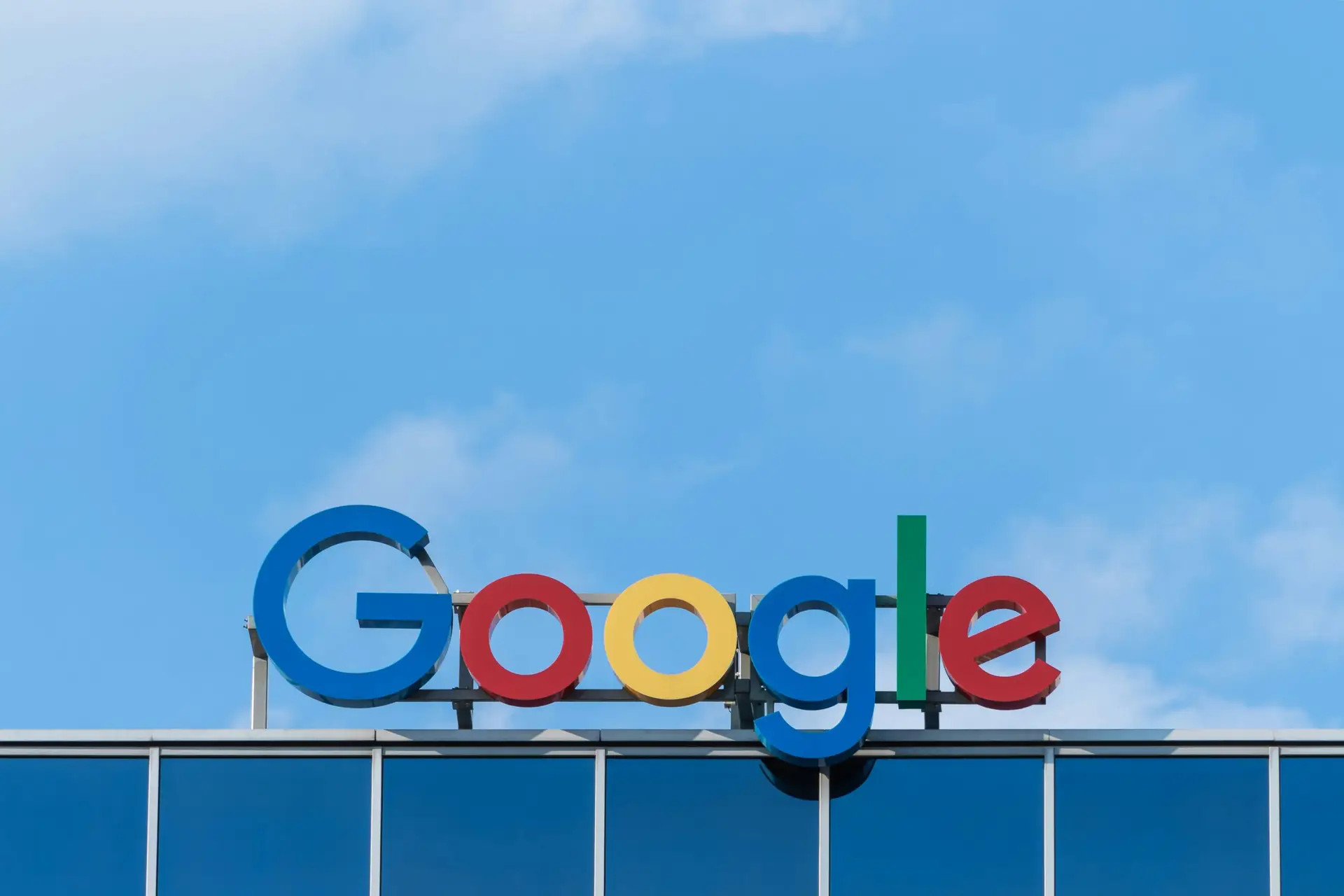The Rise of AI-Driven Personalization
As we look toward the future of branding in 2025, one of the most significant trends anticipated is the rise of AI-driven personalization. Advances in artificial intelligence will empower brands to create hyper-personalized experiences that resonate with individual consumers. This strategy hinges on the ability to analyze vast amounts of data collected from various consumer touchpoints, enabling brands to understand preferences, behaviors, and purchasing patterns. By utilizing these insights, companies can craft tailored marketing messages and product offerings that are not only relevant but also precisely aligned with consumer expectations.
The implementation of AI in branding strategies will enhance customer engagement by delivering content that feels personal and direct. For instance, AI algorithms can predict the types of products a consumer might be interested in based on their past interactions, allowing brands to deliver targeted recommendations through personalized emails or advertisements across digital platforms. This approach not only improves the consumer experience but also increases the likelihood of conversion, as messaging becomes more relevant to each user.
Moreover, the use of AI tools extends beyond simple recommendations. Brands will be able to automate content creation, ensuring consistency in their messaging while still tailoring it to various audience segments. This adaptability will allow companies to remain competitive in a marketplace where consumer expectations are continuously evolving. As a result, hyper-personalization, driven by sophisticated AI analytics, will not only redefine brand-consumer relationships but also set a new standard for effective advertising and engagement strategies.
In conclusion, AI-driven personalization represents a paradigm shift in branding, empowering companies to enhance relevancy and engagement. As organizations embrace these technologies, the ability to deliver individualized experiences will become integral to their marketing efforts, shaping the future of branding as we approach 2025.
Sustainability as a Core Branding Strategy
In recent years, sustainability has emerged as a pivotal element in branding, driven largely by an escalating consumer demand for environmentally responsible practices. As awareness of climate change and environmental degradation grows, consumers increasingly favor brands that demonstrate their commitment to ecological stewardship. This shift highlights the necessity for brands to incorporate sustainable practices not merely as an afterthought but as a core aspect of their brand identity.
Leading companies such as Patagonia and Unilever exemplify this trend by integrating sustainability into their operations and messaging. Patagonia, known for its environmental activism, has woven sustainability into its brand story, championing practices such as recycling and sustainable sourcing. Their “Don’t Buy This Jacket” campaign encouraged consumers to consider the environmental impact of their purchases, which paradoxically increased sales while solidifying brand loyalty. Unilever, on the other hand, has launched the Sustainable Living Plan, aiming to reduce their environmental footprint while enhancing the well-being of communities they serve. Such initiatives not only resonate with environmentally conscious consumers but also pave the way for long-term success.
However, with the rising trend of sustainability has come the phenomenon of ‘greenwashing,’ where some companies exaggerate their commitment to sustainability or mislead consumers about the environmental benefits of their products. This deceptive practice can significantly damage brand trust, ultimately leading to consumer backlash. For brands aiming to position themselves authentically in the sustainable arena, it is imperative they transparently communicate their efforts and engage in practices that align with their sustainability claims. Fostering trust and loyalty requires brands to demonstrate genuine commitment to sustainable practices rather than simply capitalizing on the trend.
As we look toward 2025, it is evident that sustainability will not just be a marketing strategy but a fundamental component of branding that will shape consumer perceptions and purchasing decisions.
The Influence of Social Media and Content Creation
As we look ahead to 2025, the influence of social media on branding strategies is set to evolve significantly, shaping the way brands engage with consumers. Social media platforms have become essential tools for companies aiming to reach their audience, with user-generated content emerging as a vital component of online branding efforts. This type of content fosters a sense of authenticity and trust, allowing brands to connect more genuinely with their target market. By leveraging user-generated content, companies can create a community around their brand, encouraging customers to share their experiences and insights.
The rise of influencer marketing has further transformed branding approaches. Influencers, who often have substantial followings and can sway consumer opinions, provide brands with an opportunity to extend their reach. Collaborations with influencers can amplify brand messages and diversify the types of content being shared. As authenticity remains paramount, brands will need to select influencers who align with their values and target audience, thus ensuring a more natural integration of promotional content into consumers’ feeds.
Additionally, the shifting dynamics of social platforms will continue to play a crucial role in branding. With new platforms emerging and existing ones evolving their features, brands need to stay agile, adapting their strategies to suit each platform’s unique environment. Considerations such as short-form video content, ephemeral posts, and interactive elements will dominate engagement strategies. This adaptability not only enhances reach but also fosters deeper connections between brands and their followers.
To navigate the future landscape of social media, brands must understand the significance of building communities rooted in shared interests. By enhancing engagement through strategic content creation that resonates with audiences, businesses will cultivate stronger relationships, effectively bridging the gap between digital interaction and genuine connection. This approach is essential for maintaining relevance in an increasingly competitive digital realm as we approach 2025.
Immersive Experiences and the Metaverse
The advent of the metaverse is redefining the landscape of branding and marketing in unprecedented ways. As brands begin to explore immersive experiences, the integration of technologies such as virtual reality (VR) and augmented reality (AR) plays a pivotal role in enhancing consumer engagement. Immersive experiences allow brands to create environments where consumers can interact with products and services in ways that were previously unimaginable, fostering a deeper emotional connection.
Virtual reality provides a fully immersive experience, enabling brands to transport users to digital worlds where they can experience products in real-time. For instance, fashion brands can utilize VR to showcase clothing or accessories in a virtual dressing room, allowing consumers to visualize how items fit and appear without physical trials. Similarly, travel brands can create VR experiences that simulate destinations, offering potential travelers a taste of their future adventures.
On the other hand, augmented reality enhances the real-world environment by overlaying digital information. This presents unique opportunities for brands to provide interactive content directly to consumers’ devices. For example, cosmetic brands have developed apps that utilize AR to allow users to “try on” makeup virtually, creating a personalized shopping experience that encourages purchases. This blend of the physical and digital through AR not only captivates consumers but also reinforces brand loyalty.
As brands begin to innovate their marketing strategies, creating captivating content that resonates with audiences in these new digital realms becomes key. By exploring the metaverse, brands can tap into diverse consumer demographics and broaden their outreach. Ultimately, the metaverse presents expansive opportunities for brands to redefine customer engagement, enabling memorable experiences that enhance brand perception and drive consumer interest in increasingly competitive markets.



